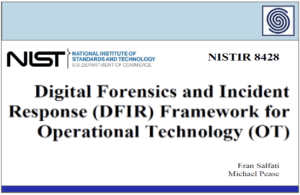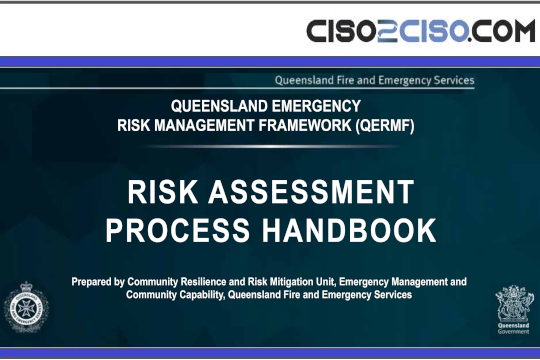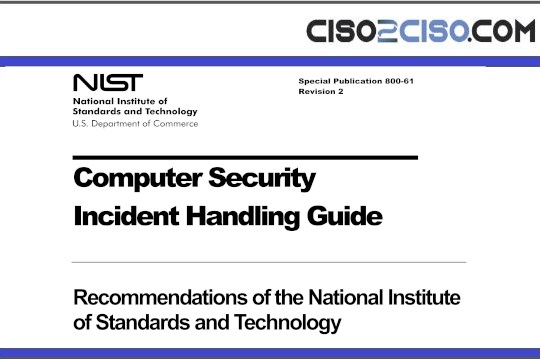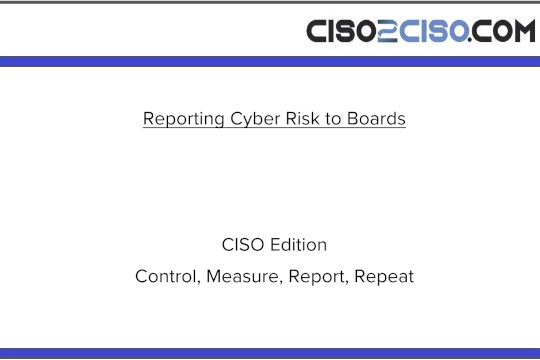Source: www.csoonline.com – Author:
The vulnerabilities could allow attackers to bypass UEFI Secure Boot and install persistent malware that may survive OS reinstallation.
Microsoft’s Threat Intelligence team has leveraged its AI-driven Security Copilot tool to identify 20 critical vulnerabilities in widely used open-source bootloaders — GRUB2, U-Boot, and Barebox.
These bootloaders are crucial for initializing operating systems, particularly in Linux-based environments and embedded systems. The newly discovered flaws affect systems utilizing Unified Extensible Firmware Interface (UEFI) Secure Boot, including IoT devices, cloud infrastructure, and enterprise IT environments.
The vulnerabilities, including an exploitable integer overflow issue, could enable attackers to execute arbitrary code. In GRUB2’s case, attackers could potentially bypass Secure Boot, install stealthy bootkits, and evade enterprise security mechanisms like BitLocker encryption, Microsoft’s Threat Intelligence team said in a blog post.
“The implications of installing such bootkits are significant, as this can grant threat actors complete control over the device, allowing them to control the boot process and operating system, compromise additional devices on the network, and pursue other malicious activities,” Microsoft said.
This development raises concerns for organizations relying on Secure Boot for device integrity and system protection. According to Microsoft, the vulnerabilities are particularly concerning because successful exploitation could lead to persistent threats that are difficult to remove.
Concerns over persistent malware
While exploiting vulnerabilities in U-boot or Barebox would likely require physical device access, the GRUB2 flaws present more significant threats to enterprise environments. The most concerning aspect, according to Microsoft is the possibility of creating a persistent malware that would remain intact even after an operating system reinstallation or a hard drive replacement.
“These bootloader vulnerabilities — especially in GRUB2 — are significant because they enable attackers to implant malware that persists even after OS reinstallation or storage drive replacement,” said Prabhjyot Kaur, senior analyst at Everest Group. “High-security sectors like government, finance, healthcare, and critical infrastructure should prioritize patching immediately.”
This level of persistence makes these vulnerabilities particularly dangerous, as traditional remediation steps would be ineffective against such deeply embedded threats. Organizations with large Linux deployments or IoT device fleets should be especially concerned.
Microsoft disclosed the vulnerabilities to all affected bootloader maintainers and collaborated on developing fixes. Security updates were released in mid-February 2025, with GRUB2 patches available as of February 18 and both U-boot and Barebox patches released on February 19, the blog added.
AI-powered discovery changes the cybersecurity landscape
Microsoft’s Security Copilot tool significantly accelerated the vulnerability identification process, with a particular focus on filesystem implementations due to their high vulnerability potential.
“Using Security Copilot, we were able to identify potential security issues in bootloader functionalities, focusing on filesystems due to their high vulnerability potential,” the blog stated. “This approach saved our team approximately a week’s worth of time that would have otherwise been spent manually reviewing the content.”
Through carefully crafted prompts, Security Copilot helped uncover an exploitable integer overflow vulnerability and assisted in finding similar vulnerability patterns across multiple files.
“We’re sharing this research as an example of the increased efficiency, streamlined workflows, and improved capabilities that AI solutions like Security Copilot can deliver for defenders, security researchers, and SOC analysts,” the blog noted.
“The major shift we’re seeing is from a traditional responsible disclosure approach to something quite different,” said Sunil Varkey, advisor at Beagle Security. “When AI starts discovering vulnerabilities at this accelerated pace, we’ll likely see many more zero-days in the wild.”
Varkey pointed to an emerging scenario he calls “a weird state where all parties — both defenders and attackers — know about vulnerabilities simultaneously. It’s like the Wild West waiting to see who shoots first, while many defenders haven’t prepared for this speed of discovery.”
“AI can analyze large codebases, detect memory handling patterns, and suggest fixes at speeds that far outstrip manual analysis,” Kaur added. “While defenders benefit from improved response times, attackers are also leveraging AI—creating a continuous arms race where both sides use these technologies to tip the balance.”
As AI tools become increasingly essential for both attackers and defenders, Microsoft emphasized that information sharing among security vendors and researchers remains crucial to maintaining security advantages.
“For decades, the cybersecurity battlefield has been asymmetrical,” Gogia pointed out. “Attackers had time, creativity, and zero red tape. Defenders? Overworked, reactive, and drowning in alerts. But AI is changing that calculus.”
Implications for enterprise security
For enterprise security teams, these discoveries highlight the importance of maintaining up-to-date firmware and bootloaders — areas often overlooked in regular patch management processes. Organizations should review their vulnerability management programs to ensure they adequately address these components.
The vulnerabilities also underscore the ongoing risks associated with supply chain security, as many organizations may be using these bootloaders without being directly aware of the underlying components.
Security experts recommend organizations inventory affected systems, prioritize applying the February 2025 security updates, implement monitoring for exploitation attempts, and review firmware update processes to ensure bootloaders are included in regular security maintenance.
“Organizations should develop policies that explicitly address firmware and bootloader updates, maintain hardware inventories noting which systems use affected bootloaders, and incorporate these lower-level components into existing patch management cycles,” Kaur suggested.
According to Varkey, addressing bootloader vulnerabilities presents unique challenges. “While it is critical to mitigate such vulnerabilities at the firmware level, it’s always a serious challenge. Mitigation patches may not be available in most cases, and their release highly depends on OEM vendors prioritizing them — similar to challenges with OT devices and other firmware.” “Many publicly known vulnerabilities are never acknowledged or patched by vendors,” Varkey noted. “The only option in such scenarios is to protect at the perimeter or the access control level.”
SUBSCRIBE TO OUR NEWSLETTER
From our editors straight to your inbox
Get started by entering your email address below.
Original Post url: https://www.csoonline.com/article/3952527/microsofts-ai-tool-catches-critical-grub2-u-boot-bootloader-flaws.html
Category & Tags: Generative AI, Security, Vulnerabilities – Generative AI, Security, Vulnerabilities
Views: 2




















































